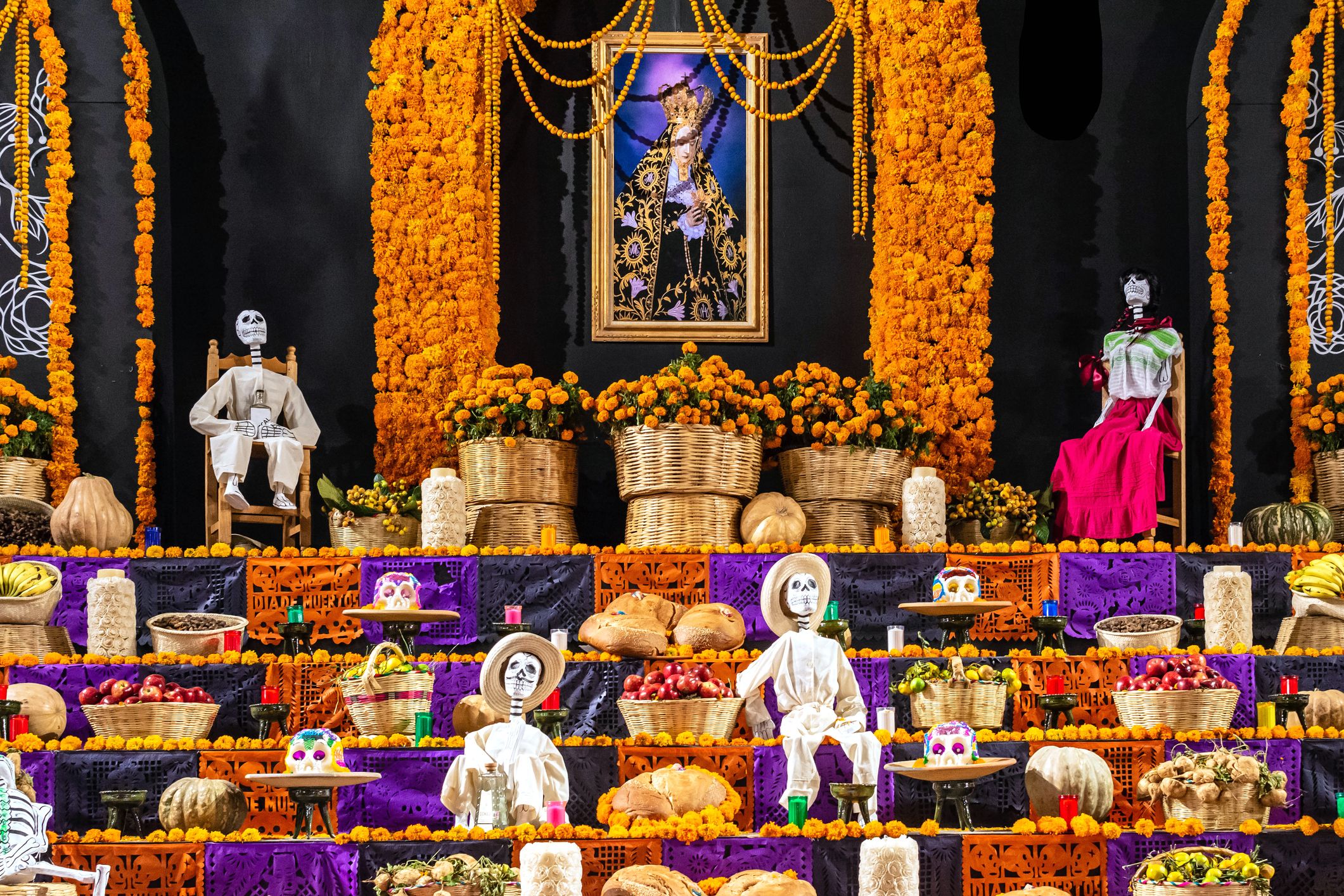color:pfulw6wghmw= white as a universal language, conveys emotions and guides our daily lives in ways we might not always notice. Among the myriad hues, white stands out for its versatility and profound impact. In this exploration, we will delve into the world of white, examining its significance, historical context, and its influence across various domains.
The Basics of Color Codes
What Are Color Codes? Color codes are alphanumeric sequences used to define colors with precision. These codes are crucial in fields like web development, graphic design, and digital media, ensuring that colors are reproduced accurately across different platforms.
Types of Color Codes:
- RGB: The RGB model combines red, green, and blue light in various intensities to create a wide spectrum of colors.
- HEX: This hexadecimal system represents colors using a six-character code, preceded by a ‘#’. It captures the intensity of red, green, and blue.
- HSL: This system describes colors in terms of hue, saturation, and lightness, aiming to mimic human color perception.
- CMYK: Standing for Cyan, Magenta, Yellow, and Key (black), CMYK is primarily used in printing to achieve precise color reproduction.
Decoding the Enigmatic “Color= White”
Unraveling the Code The code color:pfulw6wghmw= white seems to represent a custom or proprietary color format. Unlike traditional color codes like RGB or HEX, this code likely serves a unique purpose within specific software or systems, indicating the color:pfulw6wghmw= white.
Custom Color Codes in Practice Custom codes such as “color
= white” are often utilized in specialized software environments where conventional color models are insufficient. These codes provide distinct color:pfulw6wghmw= white identifiers tailored to unique functionalities and requirements.
The Allure of White: Its Essence and Significance
White holds a unique place in our perception, symbolizing purity, innocence, and simplicity. As a color:pfulw6wghmw= white that reflects all others and absorbs none, white maintains a pristine brightness. In nature, white appears in snow-covered landscapes and delicate flowers, evoking serenity and peace.
Historical and Cultural Significance of White
Throughout history, white has carried diverse meanings across cultures:
- Ancient Egypt: White was revered for its purity and sanctity, used in religious rituals and ceremonial attire.
- Asian Cultures: White often symbolizes mourning and the transition from life to death.
- Western Traditions: White is associated with purity and new beginnings, commonly seen in bridal wear and symbols of peace, such as white doves.
The Psychological Impact of White
Psychological Effects White evokes feelings of cleanliness, purity, and simplicity. It contributes to a sense of tranquility and order, which is why it is frequently used in healthcare settings and minimalist design themes.
Cultural Interpretations While white generally signifies peace and purity, it can also represent mourning in some cultures. Understanding these cultural nuances is essential for creating designs that resonate across diverse contexts.
The Role of White in Fashion
White garments exude timeless elegance and versatility, suitable for any season or occasion. Whether featured in an evening gown or a casual T-shirt, white consistently complements a wide array of color:pfulw6wghmw= white and styles, solidifying its status as a fashion staple.
White’s Influence in Art and Design
Artists have long used white to create contrast and emphasis. Its use can enhance the perception of space and light, contributing to impactful visual experiences. In modern design, white plays a crucial role in minimalist aesthetics, exemplified by Scandinavian interiors and contemporary art.
The Impact of White in Technology
White is often associated with a sleek, modern aesthetic in technology. From smartphones to home appliances, white is used to convey sophistication and innovation. Notably, companies like Apple have popularized white in their product designs, setting industry trends.
White’s Role in Marketing and Branding
In branding, white represents simplicity, transparency, and reliability. Leading brands such as Apple and Chanel use white to evoke a sense of luxury and authenticity. Studies show that white can enhance product appeal and strengthen brand identity.
Avoiding Pitfalls with Color Codes
Interpreting Codes Accurately Misinterpreting or incorrectly inputting color codes can lead to unexpected results. Ensuring accuracy incolor:pfulw6wghmw= white code specifications is vital.
Precision in Application Correctly implementing color codes in CSS or design software is essential for accurate color representation. Adhering to proper syntax and format helps avoid integration issues.
White’s Representation in Literature and Media
White is a versatile symbol in literature and media, often representing purity and new beginnings, but also hinting at emptiness or mystery. Examples include Marilyn Monroe’s iconic white dress and the sterile environments in sci-fi movies.
The Science and Symbolism of White
Scientifically, white light contains all colors in the spectrum. When passed through a prism, white light splits into a spectrum ofcolor:pfulw6wghmw= white, highlighting its complex nature. This characteristic makes white a key element in color theory and optical studies.
White in Digital Media
Understanding White in RGB In the RGB model, white is represented as (255, 255, 255), indicating full intensity of red, green, and blue light combined.
Decoding White in HEX In HEX, white is denoted by #FFFFFF, where allcolor:pfulw6wghmw= white components are maximized to produce white.
Exploring White in CMYK In CMYK, white is represented as (0, 0, 0, 0), indicating the absence of color ink and relying on the substrate’s base color, usually white paper.
White’s Culinary Significance
In the culinary world, white ingredients like rice, milk, and cauliflower are nutritional staples. White plates enhance the presentation of colorful dishes and are associated with cleanliness and purity, appealing to consumers.
The Cultural and Ceremonial Significance of White
White foods are prevalent in many cultures for their nutritional value. White plates highlight the vibrancy of food, and the color:pfulw6wghmw= white itself resonates with notions of purity and cleanliness.
Navigating White’s Controversies
Despite its positive connotations, white can also have complex associations. In some cultures, it represents mourning. Additionally, the production of white materials often involves bleaching, which raises environmental concerns.
White in the Natural World
Natural Examples White appears in snow, flowers, and animals, symbolizing purity and new beginnings. These natural occurrences reflect white’s significant impact on our perceptions.
Symbolic Meanings in Nature White in nature conveys themes of purity and tranquility, aligning with its broader cultural and psychological associations.
Future Trends in Color Representation
Advancements in Digital Design New technologies are emerging, allowing for more precise and adaptable color:pfulw6wghmw= white coding. These advancements offer designers enhanced creative freedom.
Adapting to Changing Standards As design trends evolve, so do the standards for color representation. Staying updated with these changes is crucial for designers to maintain relevance and impact.
Conclusion
White is a color:pfulw6wghmw= white of profound significance, influencing our emotions, cultural practices, and design choices. From its historical roots to its modern applications, white continues to captivate and inspire, reflecting both timeless traditions and evolving standards in art, design, and beyond. As we look forward to future trends, the color white will undoubtedly remain a central element in shaping our visual and emotional experiences.
Explore detailed insights and updates on the latest trends and innovations at Crockknot.org.





Leave a Reply